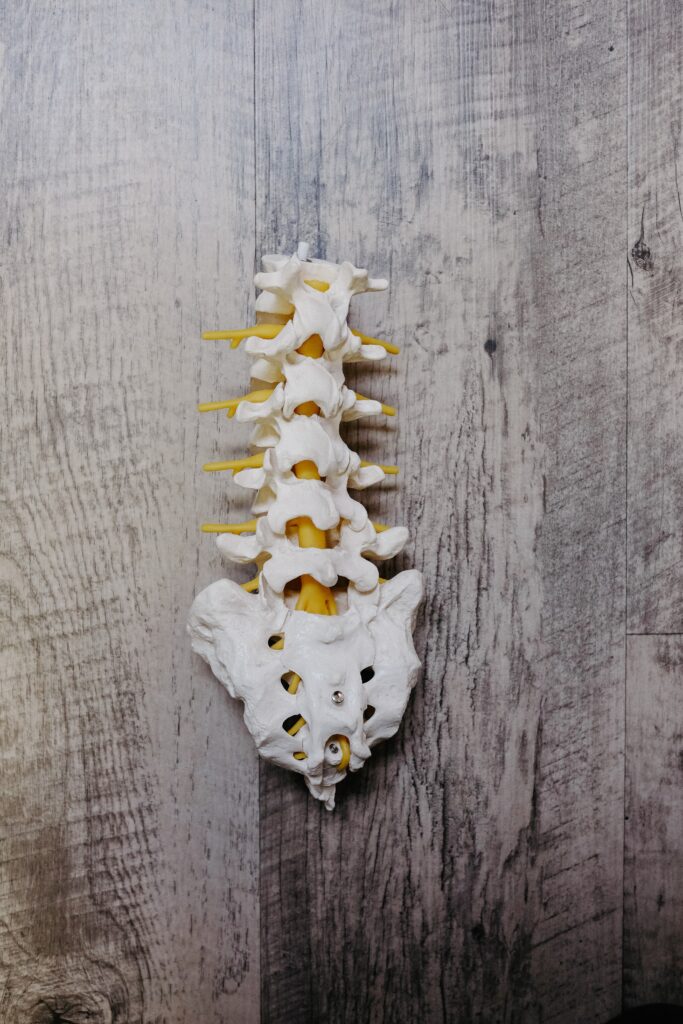Spinal stenosis is a condition that occurs when the spaces in the spine become narrowed, causing pressure on the spinal cord and nerves. This can lead to symptoms such as pain, numbness, tingling, and weakness in the legs, as well as difficulty walking or standing. Physical therapy is an effective treatment option for spinal stenosis, as it can help to improve function and quality of life.
Physical therapy for spinal stenosis typically includes exercises to improve strength, flexibility, and range of motion. These exercises may include resistance training, stretching, and low-impact cardio. Your physical therapist may also teach you ways to prevent future injuries such as ergonomics, posture, and body mechanics.
Physical therapy may also include modalities such as heat or ice therapy, ultrasound, and electrical stimulation. These modalities can help to reduce pain and inflammation and improve the healing process.
In addition, physical therapy may include manual therapy techniques such as spinal mobilization and manipulation. These techniques can help to improve the mobility of the spine and reduce pressure on the spinal cord and nerves.
It is important to see a physical therapist for proper diagnosis, treatment, and injury prevention. A physical therapist can work with you to develop an individualized treatment plan based on your specific needs and goals.
In conclusion, spinal stenosis is a condition that can cause pressure on the spinal cord and nerves, leading to symptoms such as pain, numbness, tingling, and weakness in the legs. Physical therapy is an effective treatment option for spinal stenosis, as it can help to improve function and quality of life. Physical therapy may include exercises to improve strength, flexibility, and range of motion, as well as modalities such as heat or ice therapy, ultrasound, and electrical stimulation. In addition, manual therapy techniques such as spinal mobilization and manipulation may be used to improve the mobility of the spine and reduce pressure on the spinal cord and nerves.


